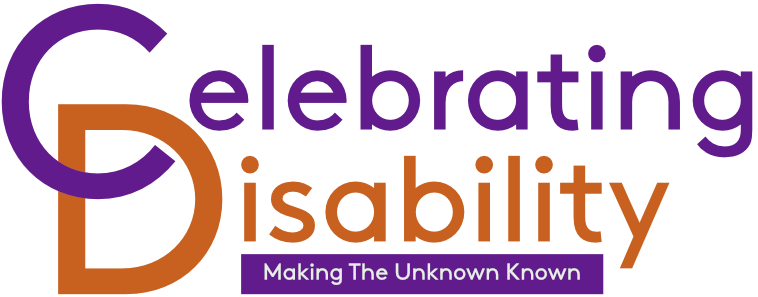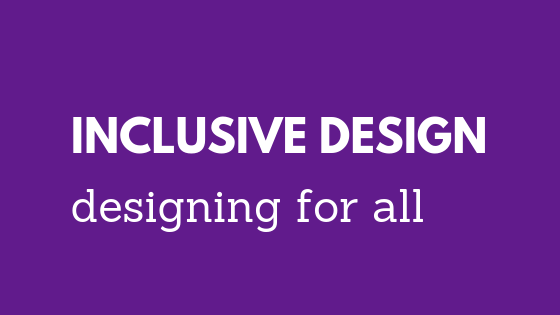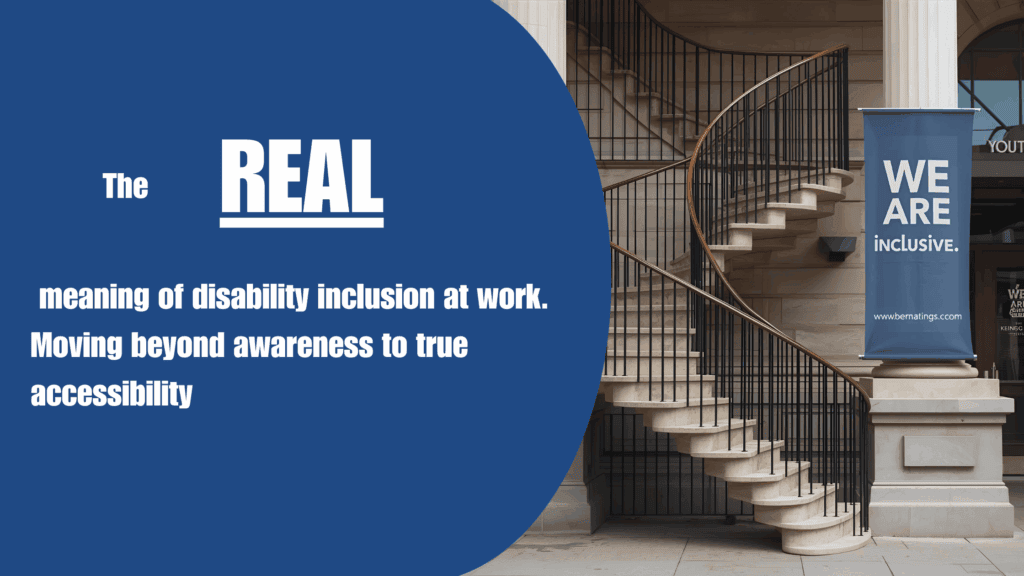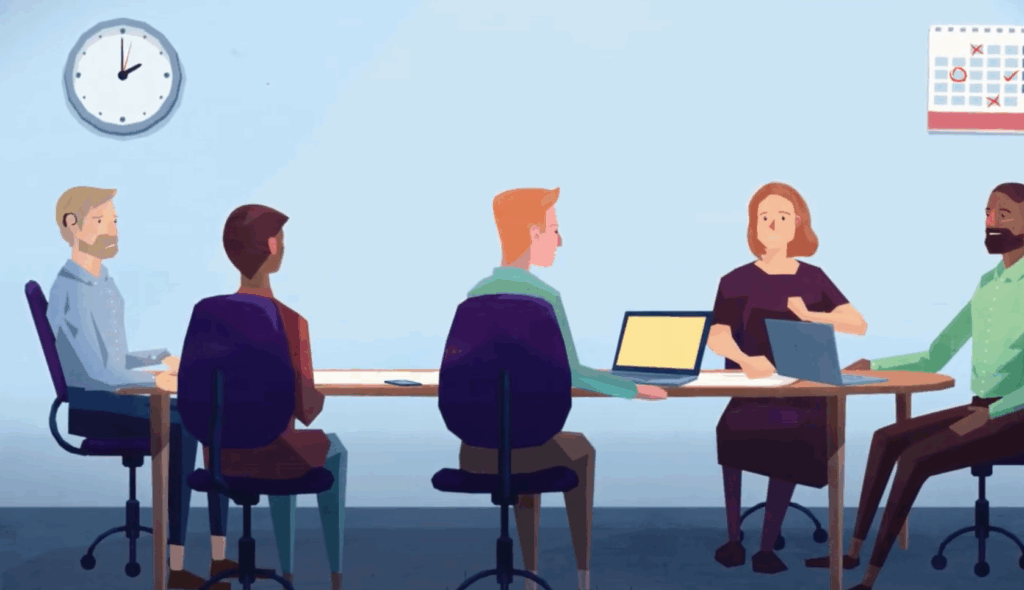Recently I have been experiencing for myself the frustrations faced when going to buy a product.
Thinking the product will enhance my independence however, often it has turned out to be inaccessible. With modern technology moving at the rate it is, we should be assuming that accessibility and inclusion in service/product design is a no brainer, but this is not the case.
We still come across technical products that, although present themselves as accessible, have faults in their design that makes them sloppy and ineffective.
One example of this is the Siri function on Apple products:
The technology in Siri is great for everyone and has extra functionality for disabled people who may have limited dexterity or barriers that prevent them from easily reading or writing. However, the technology does not hold up to the standards required to be a reliable tool. Half of the time, I cannot trust that what I have said is going to type out correctly (or politely).
I have an automatic front door.
This product is specifically designed to support disabled people to enter and exit a room by pressing a button. However, the button is designed in such a way that it is not accessible for all because it is too small and fiddly. It’s mounted on a rounded base; my slightly useless hands mean that I cannot hold the button and press it at the same time. As a result, the button slides around.
To prevent this, the manufacturer could have developed a flat base.
Straw-Gate
I recently purchased a collapsible metal straw that came in a handy case that attached to a key ring.
Perfect you think. So did I
When it arrived I realised that I could not access the straw due to the way the case was designed. The lid had to be popped open with a thumb whilst holding the case… Something I cannot do. And although I attempted many a time with my friend offering advice, the only time I could open it successfully was when I dropped it on the floor.
Wheelchair Whoopsie
A couple of years ago, when I bought my electric wheelchair, I was looking at 4 things: Price, availability, design and comfort. I settled on one that looked to fit all of the above. However, unfortunately it did not. Here are a couple of reasons why;
- The footplates are too close to the wheels. Therefore, whenever I turn a corner, the wheels hit my feet
- I use my legs to weight-bare within the chair. However, due to the fact that I push down a lot on the footplate, it keeps snapping. After speaking to several other people and realising that they had a similar issues, I realised it was just a problem that I had. Isn’t the functionality of a footplate designed for this precise reason
There are many more examples of where design, if thought about a bit more, could be accessible and inclusive for disabled people. Equally, I should mention that there are many other products that could be easily adapted for varying ability needs.
Where are we left?
If only businesses were able to spend extra time and resources testing their products or collaborating with the end user. Not just one but a diverse variety of end users with a range of experiences and needs, those businesses could design products that could be truly helpful and innovative.




